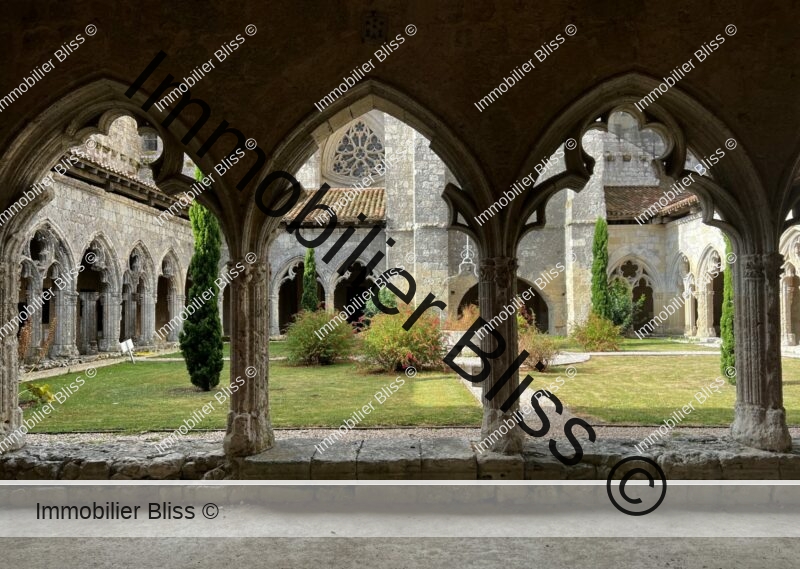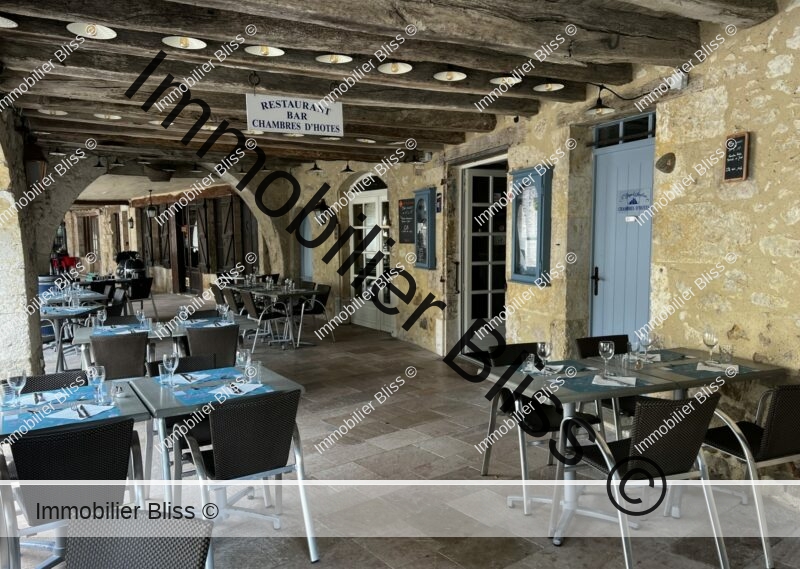A love letter to Gascony
Written by the current owner of a beautiful manor house for sale with Bliss. To view the property click on this link.
Ah, Gascony. The very name is evocative; musketeers, wine, duck fat, Armagnac, rolling hills, medieval villages and, of course, foie gras.
I’m Australian and I’m often asked why I love France, and more specifically the Gers, so much. For the British who live here, the answer tends to be straightforward; the weather is much better and the health care is excellent. However an Australian’s answer might be different.
My reasons for loving Gascony are much more complex.
The landscape to start with, the architecture, the cuisine and produce, the pace of life, the history but above all, the people. Warm, generous, friendly and welcoming.
I have lived here for seven years. In that time, I have always felt embraced by the community even though my French is almost non-existent (sadly, learning languages is not one of my strengths!). The Gersois are very patient; hearing a car horn is a rare occurence. There might be a long queue at the butcher’s or baker’s, but that won’t stop an animated chat over the cash register about the rugby results. No-one complains or becomes impatient. At the supermarket twenty percent of locals will pay by cheque – it slows everything down but no-one cares. The pace of Gascony is slow and rooted in the history and character of the land where things move slowly and change is very gradual.
Visit any shop or restaurant and you are immediately greeted with ‘bonjours’. A friend recently lost his dog. When the village heard about this, everyone, and I mean everyone, went looking for the dog. Happily, Fido was found. We had a concrete water trough that needed to be moved so I asked a local farmer if he could help. Ten minutes later he arrived with his tractor and spent the next hour relocating the trough. My offer of cash was met with surprise and was promptly refused, as was the offer of a bottle of whisky. In the Gers, you help your neighbour and you don’t expect any payment. Living here is like living in the 1950s. Each village has a community spirit that shows in the vide greniers (village-run second hand fairs), the night markets, the festivals, the fetes, and the weekly markets (what a delight they are; there is a market available every day of the week within a twenty minute drive).


The Gers is called France’s Tuscany and for good reason. Rolling hills, fields of sun flowers, rivers slowly flowing North, medieval villages and sylvan forests. The French have the word “flaneur”, which describes someone who wanders about without haste, and there is no better place than the Gers to do so. We often go for a drive with no destination or purpose in mind except to meander through the back lanes and admire the landscape. The area is primarily rural with an emphasis on crops rather than livestock; being stuck behind a tractor or a combine harvester is a regular occurrence which, in the tradition of the Gers, is met with patience (certainly no horns!). Sprinkled throughout the agricultural land are glorious forests and copses often harbouring boars and deer.
Adding to the joys of the countryside are the villages and architecture. One of the reasons that time has stood still in the Gers is that the population is half of what it was five hundred years ago. Before mechanisation, farms would typically boast twenty to thirty workers, both to work the farm but also to protect it, as Gascony has a very, very turbulent history. With tractors and modern tools, farms are now mostly run by families. Due to this exodus from the Gers, there has been little need to build new dwellings, so most towns and villages look much like they did in the past. If you want to see what medieval Europe looked like, come to the Gers. And the buildings blend beautifully into the landscape. Limestone walls, terracotta tiles and pleasing symmetry define the architecture. Because all materials are local, the buildings become part of the landscape.


The beauty of the villages has been well recognised and a number of France’s ‘most beautiful villages’ (a prestigious honour bestowed on 159 French villages) are in the Gers including Fources, Laverdens, Sarrant, Larresingle and La Romieu. Wander around the cobblestoned streets of Auch and visit the wonderful Sainte Marie Cathedral, the monumental steps (with a statue of D’Artagnan halfway up), and the painted column commemorating Napoleon’s visit. The cathedral sits atop the highest point of the city, which was once the location of a Roman temple. When the visibility is clear, there are glorious views of the snow-capped Pyrenees.
For history lovers, Gascony is a treat. As mentioned, if you want to step back in time to medieval Europe, the Gers is the place to go, but even Roman remains are sprinkled throughout. The Roman villa of Seviac is one of the largest Roman villas found in South West France with a surface area over 6,000 square metres. Eight Roman towers (or piles) are scattered throughout the Department, some of which are still in excellent condition. The area where the Gers sits was once Britain’s longest held colony from 1152 to 1453. To defend its colony, the English built ‘bastide towns’ which typically have a central square lined by arcades. These are now some of the most attractive villages in France.

The Gers is blessed with fresh produce and excellent vineyards. Armagnac, France’s oldest brandy, is distilled throughout Gascony. Unlike cognac where the makers are large businesses, Armagnac is made by individual farmers. It is distilled once and left to age in oak barrels, gradually the brandy takes on a warm colour with flavours of chocolate, vanilla and truffles. Many Armagnac distillers will sell their produce at the weekly markets and, even if you don’t buy, you’ll be offered a very generous sip.
Originally the Romans introduced wine to Gascony (along with foie gras), now vineyards have expanded and co-operatives formed promoting the local wines. The tannat based Madiran red wines are famous for their high tannin content. Little known outside of Gascony, Madiran is a powerful wine with great intensity. Perfect with pig’s trotters, cassoulet or magret (duck breast). You can spend a very happy day or two (or even a week or two) visiting the distilleries and vineyards in Gascony!

And then there is the food. Parisians feel the Gers is a backwater but they do admit the produce is superb, and superb it is. And not only is the food superb, but it is healthy too. In France, the Gers has the highest percentage of bio farms (30% of the farms are bio, compared to an average of 8.5% in other French Departments). Foie gras may be controversial to many people, it is not to the Gascons. Road signs advertise fresh foie gras straight from the farm and the butcher shops will provide fresh or mi-cuit (lightly cooked) foie gras. With foie gras comes ducks, and duck is almost always on the menu at restaurants. It was in Auch at the Hotel de France in the 1960s that the chef had the notion of cooking magret (duck breast) medium rare (prior to this, duck had always been well cooked) which changed forever how people cooked duck. The restaurant at the hotel de France is still excellent!
Duck and goose fat are generously used in cooking; it doesn’t seem to cause harm as the Gers has one of the highest life expectancies of any Department in France. The wonderful cep mushrooms are sold in the markets in late autumn and garlic is sold year round but the best is the young, sweet garlic in spring. Bigorre black ham, beautifully marbled boeuf de Gascon, Pyrenean lamb and rose veal are meaty delights to savour. Due to the location of the Gers, the fishmongers can source produce from both the Mediterranean and the Atlantic. Fresh oysters, crabs, langoustines, lobsters, cod, salmon, prawns, octopus and squid are all on display.
There is no shortage of good restaurants. From fine dining like the Domaine de Baileau, Puit Saint Jacques, Hotel de France to more relaxed restaurants such as Olivier’s Table, Chez Vous and Dareoles Bistro, there is ample choice. We are a short drive from Gimont, Mauvezin or Auch which has restaurants open every day of the week. Forty minutes away lies the delights of Toulouse.
As I sit here late at night, an Armagnac beside me, the windows open and the warm evening air wafting in, I realise how blessed we are to be living where we are. But the presence of grandchildren and children living in Australia is calling us home. We will always remember our time in France with great fondness.
To see the author’s property, for sale with Bliss, click here.

